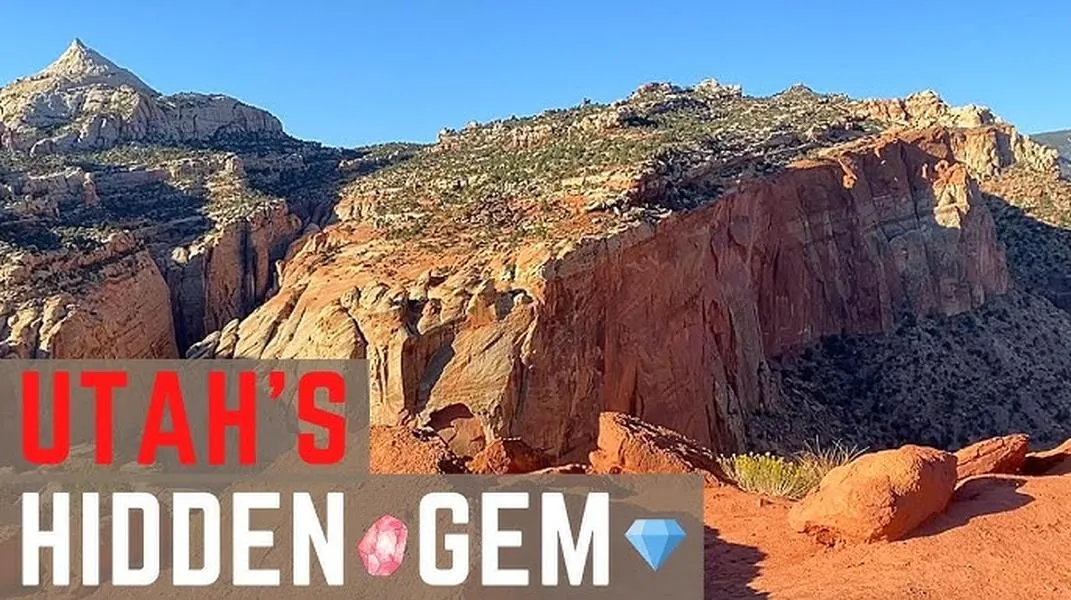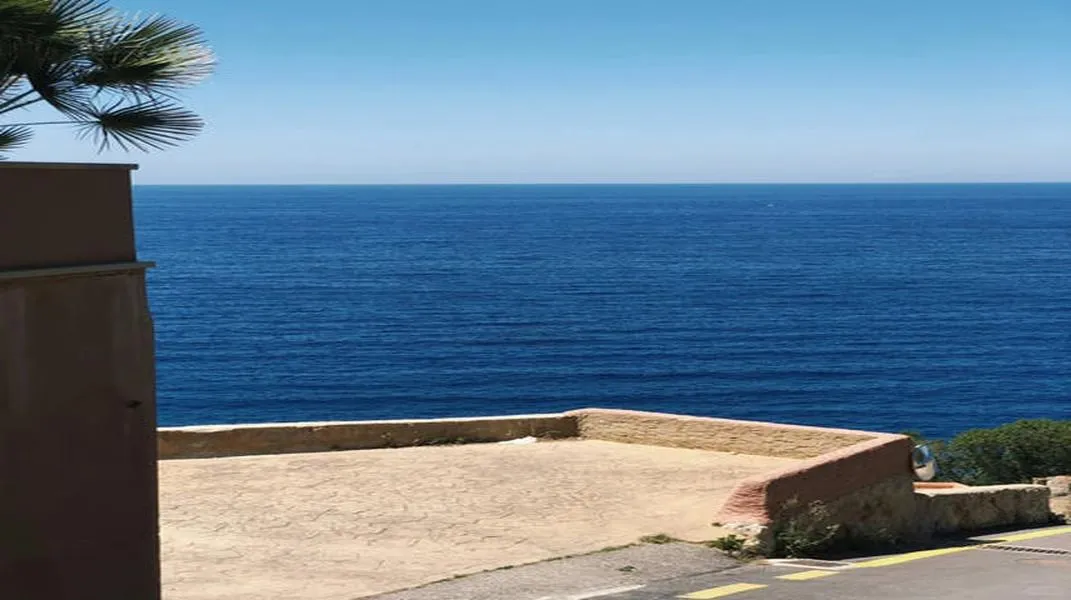Discovering Capitol Reef National Park: A Hidden Gem of Utah
Nestled in south-central Utah, Capitol Reef National Park is a breathtaking expanse of rugged cliffs, colorful rock formations, and rich history that beckons outdoor enthusiasts, families, and photographers alike. This often-overlooked national park, part of the Colorado Plateau, offers a unique blend of geological wonders, ancient petroglyphs, and a glimpse into pioneer life. With its striking landscapes and diverse ecosystems, Capitol Reef is a true testament to nature’s artistry and resilience.

A Geological Wonderland
Capitol Reef National Park is renowned for its unique geological features. The park's most prominent feature is the Waterpocket Fold, a nearly 100-mile long warp in the Earth’s crust. This fold creates a dramatic landscape characterized by cliffs, canyons, and domes that rise sharply from the desert floor. The park's geology is showcased through a stunning array of colors, with reds, oranges, and purples that shift throughout the day, creating a painterly effect that attracts photographers and nature lovers alike.
Visitors can explore the park's geological history through various trails and viewpoints. The Hickman Bridge Trail leads to a stunning natural bridge that spans a canyon, while the Cassidy Arch Trail offers panoramic views of the surrounding cliffs. Notably, the park is also home to unique formations such as the iconic Castle and the picturesque Fruita area, where visitors can experience a fruit orchard that harkens back to the early pioneers.
Rich Cultural History
Capitol Reef is not just a geological wonder; it is also steeped in history. The land has been inhabited for thousands of years, first by Native American tribes such as the Fremont people, who left behind petroglyphs etched into the rock faces. These ancient carvings can be found along the park’s various trails, offering insight into the lives and beliefs of those who once called this area home.
In the 19th century, Mormon pioneers settled in the Fruita area, cultivating the land and establishing irrigation systems. Remnants of their orchards still exist today, and visitors can enjoy the fruits of their labor by picking apples, pears, and cherries during the harvest season. The historic Gifford Homestead, which dates back to the 1900s, serves as a museum and gift shop, showcasing the pioneer way of life and the agricultural history of the region.
Activities and Attractions
Capitol Reef National Park is a playground for outdoor enthusiasts, offering a range of activities suitable for all ages and interests. Whether you’re an avid hiker, a budding photographer, or simply looking to enjoy a serene picnic in nature, the park has something for everyone.
Hiking
With over 200 miles of hiking trails, Capitol Reef caters to all skill levels. Some popular hikes include:
- The Rim Overlook: A moderate 2.5-mile round trip hike that rewards visitors with stunning views of the Waterpocket Fold and the surrounding landscape.
- Navajo Knobs: This challenging 6.5-mile hike leads to an elevation gain of over 1,000 feet, offering breathtaking panoramic views at the summit.
- Cohab Canyon: A relatively short but steep 3-mile trail that winds through narrow slot canyons and leads to a stunning overlook.
For those seeking a more leisurely experience, the Fruita area offers flat, easy trails that are suitable for families with young children or those looking to enjoy a scenic stroll.
Scenic Drives
The park's scenic drives provide access to some of its most breathtaking vistas. The Capitol Reef Scenic Drive is the main road through the park, taking visitors through colorful rock formations and leading to various trailheads and viewpoints. Don’t miss the chance to stop at the Goosenecks Overlook, where the Colorado River has carved a series of sharp bends into the landscape.
Stargazing
Capitol Reef National Park is designated as an International Dark Sky Park, making it an ideal location for stargazing. With minimal light pollution, visitors can marvel at the night sky, spotting constellations, planets, and even the Milky Way. The park often hosts stargazing events, providing guests with telescopes and knowledgeable rangers to enhance the experience.
Preparing for Your Visit
To fully enjoy all that Capitol Reef National Park has to offer, it’s essential to come prepared. Here’s a comprehensive checklist of materials and items to consider before your visit:
1. Park Information and Maps
Before you arrive, familiarize yourself with the park's layout and available facilities. Stop by the Visitor Center, where you can pick up maps, brochures, and current information on trail conditions and park alerts.
2. Clothing and Footwear
The weather in Capitol Reef can be unpredictable, so dress in layers. Lightweight, moisture-wicking clothing is ideal for hiking, while a warm jacket is recommended for cooler evenings. Sturdy hiking boots or shoes with good traction are essential, especially on rocky trails.
3. Hydration and Snacks
Staying hydrated is crucial, particularly in the desert climate. Bring a reusable water bottle or hydration pack to ensure you have easy access to water during your hikes. Pack high-energy snacks such as trail mix, granola bars, or fruit to keep your energy levels up while exploring.
4. Camping Gear (if applicable)
If you plan to camp in the park, ensure you have all necessary camping gear, including:
- Tent and sleeping bags
- Cooking supplies and utensils
- Food and cooler
- Camp chairs and portable table
- Lanterns or flashlights
The park offers several campgrounds, including the popular Fruita Campground, available on a first-come, first-served basis.
5. Photography Equipment
Capitol Reef is a photographer’s dream, so don’t forget your camera! Bring extra batteries and memory cards, tripod, and any specific lenses you might need. Sunrise and sunset are particularly magical times for photography, so plan your shoots accordingly.
6. First Aid Kit
Accidents can happen, especially in the outdoors. A basic first aid kit with adhesive bandages, antiseptic wipes, pain relievers, and any personal medications will ensure you’re prepared for minor injuries or ailments.
7. Binoculars
For wildlife watchers, a pair of binoculars can enhance your experience. The park is home to various species of birds, mammals, and reptiles, and observing them from a distance can be a rewarding experience.
8. Sunscreen and Insect Repellent
Protect yourself from the sun's rays while hiking by applying sunscreen regularly. Insect repellent can also be helpful, particularly in the warmer months when mosquitoes may be present.
Conclusion
Capitol Reef National Park is a breathtaking destination that offers a unique blend of natural beauty, rich history, and endless outdoor adventures. Whether you’re hiking through dramatic landscapes, exploring ancient petroglyphs, or stargazing under the vast desert sky, the park provides an unforgettable experience for all visitors.
As you prepare for your visit, remember to respect the park’s delicate ecosystems and adhere to Leave No Trace principles. With the right preparation and an adventurous spirit, Capitol Reef National Park promises to be a highlight of your travels through the stunning landscapes of Utah. So, pack your bags, grab your camera, and set out to discover one of America’s hidden gems!




